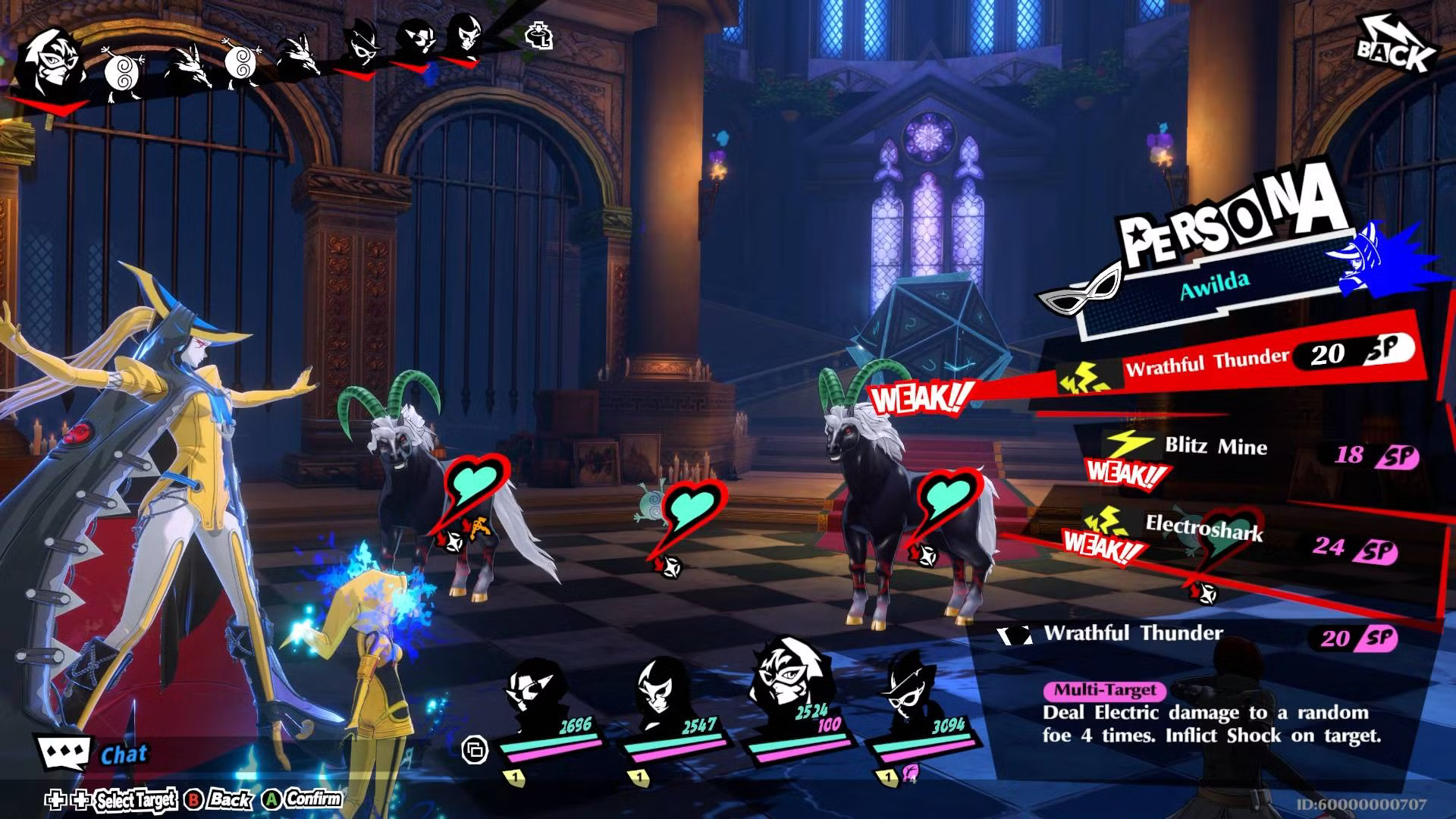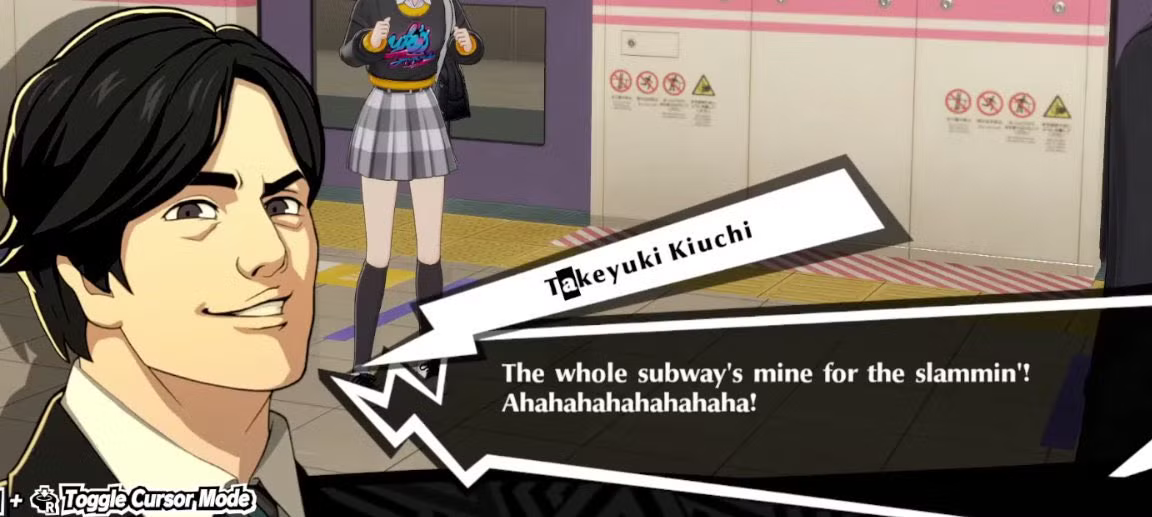Persona 5: The Phantom X Review
Persona 5 Royal remains my favorite game of all time, and I’ve got more of a predilection for gacha games than I care to admit, so combining the two should be a match made in heaven, right? As far as I’m concerned, it’s pretty divine, but as with any gacha game, there’s some caveats.
Persona 5 has had the most spin-offs of any Persona game, probably due to its immense popularity. I’ve enjoyed them in varying amounts, but they were usually doing their own thing, rather than trying to recapture the original game. But around 2024, I started to hear murmurings of a Persona 5 mobile game.
The catch was, it was only planned to launch in China. It wasn’t until this year that we got official confirmation of a global release, and as of June 26th, I got my hands on it and have been fighting the urge to spend money ever since.
Persona 5: The Phantom X follows a new silent protagonist, and a new group of people who slide into the role of the phantom thieves. The setting is almost identical to the original, and even the first chapter feels like it’s a mirror version of the first chapter of Persona 5. Even furthering this bizarro world feeling is returning to the same places, seeing familiar faces, and even meeting the original phantom thieves.
You quickly fall into a rhythm of exploring places, diving into the depths of mementos, fusing personas in the velvet room, spending time with other characters for rewards, and doing various things around the city to improve your social stats. Almost everything you did in the base game, you’re doing here. It really helps make it feel like a fully fleshed out game, but of course, the gacha stuff creeps in eventually.
You have a stamina system, which limits the amount of materials you can get each day, which you need to power up your character’s level, weapon, skills, and equippable stat items. There’s also a separate stamina system that limits how many city life activities you can do, things like part time jobs, hanging out with other characters, or raising social stats.
Thankfully, exploring palaces and mementos don’t have any sort of restrictions, though you will occasionally hit walls requiring you to reach a specific player level before progressing. To me, it strikes a decent balance between letting you play at your own pace, while also encouraging you to take your time and do a little bit each day.
Combat should be familiar, with Wonder being a required party member, alongside 4 other characters. 3 fight on the front lines with you, and the 4th takes the role of navigator, being able to use support skills every few turns. Enemies have elemental weaknesses, and if you exploit those, you can use any party member to take a follow up attack. If you manage to knock all enemies down, you can go for a flashy all out attack.
This time around though, Wonder is limited to 3 personas at a time, and each persona, and character, only has 3 active skills, and a few set passives. Despite the smaller options, it feels like each character has a carved out niche, and even early on you can start to see how different characters might synergize well with each other.
Aside from a few characters that join during the story, most of your characters will be obtained through the gacha system. The narrative twist on this is kind of fun, they’re meant to be manifestations of cognition about people you may have met or even known unconsciously. For example, one character you can form a synergy (social link) with, is recruitable as a character in her younger years, even though in real life, she is a regular housewife.
The gacha feels fairly generous in terms of pulls, though I’ve heard people complaining about both the drop rate, and the soft pity being poor. Hard pity is at 80 pulls, and on the limited banner you have a 50/50 chance, with the limited character being guaranteed next time you pull a 5 star character if you fail.
There is also a weapon gacha, which is a totally separate pool, with a 5 star weapon guaranteed at 70 pulls, and you can even choose your top 3 weapon choices. As we know from the Chinese server, this is also a game where some characters get added into the standard pool after their limited banner, which can be a bit of a rarity in gacha games.
The monetization, I have to say, is a bit in your face, at least at times. The first time I pulled a 5 star character, I was immediately hit with a limited time offer, buying a second copy of that character and some gems. It even showed a notification badge over the shop until the offer’s limited time elapsed, and this happened for every standard 5 star character I got.
When I finished my first palace, maybe 5 days or so after the game was released, I had decided I was in it for the long haul. As soon as I got control of my character, I was hit with another limited time offer pop up. This time around I bought it, I thought it was a good deal, but that’s a bit beside the point. It only happens occasionally, but there are times this game breaks the spell and reminds you this is a gacha game, and it wants your money. Those are the times this game is the weakest.
I can’t say too much about the story just yet. The first chapter has become a full fledged meme for some awkward dialogue and a cartoonish villain, but I thought it was more fun than stupid. This is a game about people wearing cool costumes, using silly code names, and stealing people’s hearts, it’s just not that serious.
I like the new cast of characters, with Lufel the owl endearing himself as one of the top Persona mascots almost immediately. Even the characters I’ve recruited from the gacha, but have yet to meet in the story, have piqued my interest. Just who is the boy who dressed like a power ranger in combat, what’s his deal? Or the girl I had a long sidequest with, is going to be featured on a future banner, and odds are, I’ll be gunning to get her.
A lot of Persona 5’s strengths transfer well to The Phantom X. The characters are strong and likeable, the plot is fun, the combat is a bit of a different flavor, but works better for a game about collecting characters and building fun teams, and remains a blast. The gacha trappings don’t bother me, but they occasionally become a bit too egregious to let slide.
Like Honkai Star Rail, this is another game that transcends the “just a gacha game” rhetoric we often use to dismiss games like this. This feels like a full experience, and if I want to spend a little money to reduce a bit of friction, it feels worthwhile and rewarding. Persona 5: The Phantom X feels like a well thought out game, rather than a quick cash grab, and I would encourage any Persona fan to give it a try.



